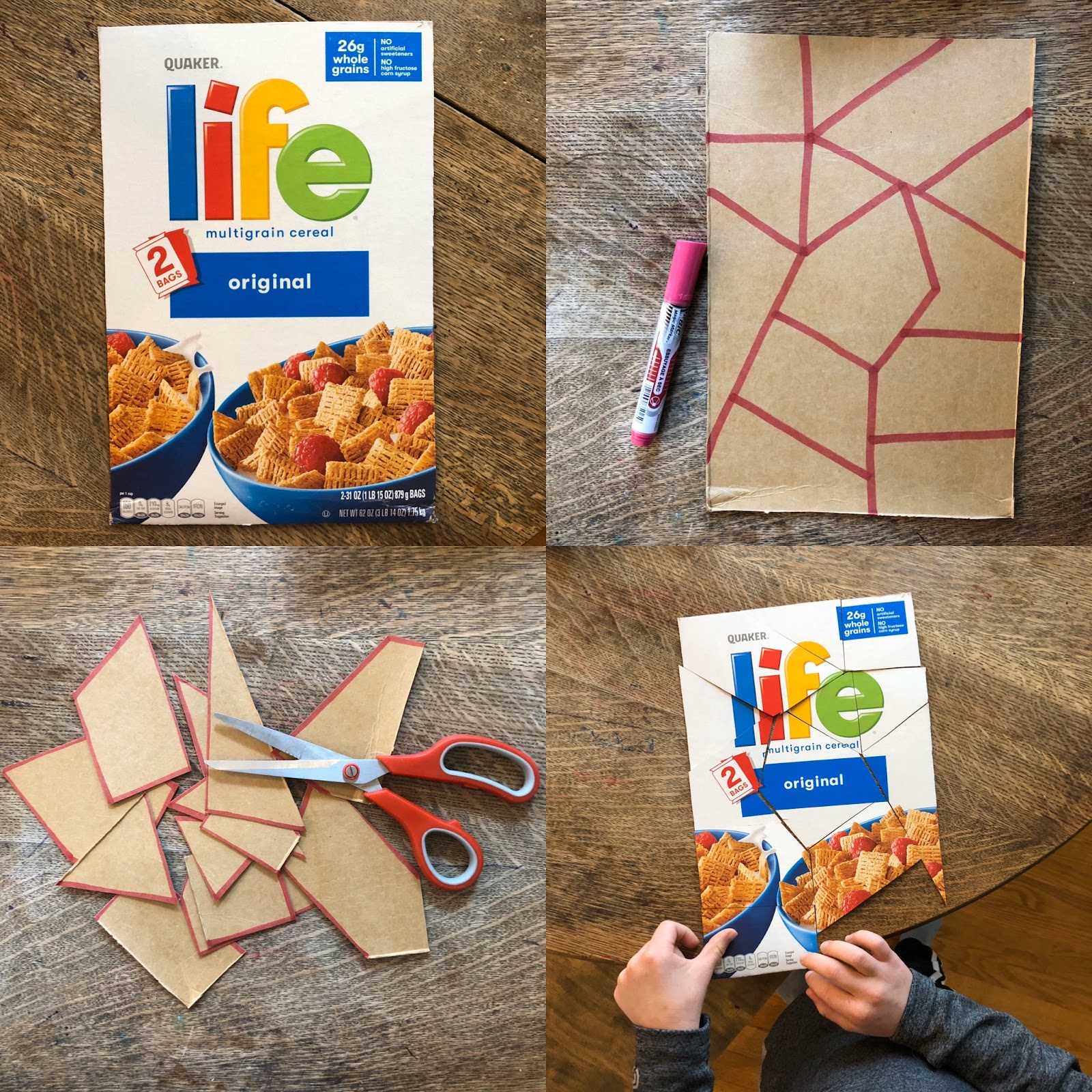Martha Thornburgh: Mount Vernon Schools Teaching and Learning
We are inspired by our Mount Vernon Community of students, families, and staff who are showing great resilience, determination, and creativity to stay connected with one another and to support student learning. Their efforts to continue to make Every Day Count during this unprecedented time are amazing! Teaching & Learning staff are excited to share resources and ideas for staying connected and supporting student learning. Students are likely to hear from their classmates, teachers, and school sites with ways to stay engaged. Maintaining our sense of community supports our social-emotional health and will help each of us to remain engaged in learning. We hope you engage with and enjoy the ideas we post on our Every Day Counts! student learning blog. Stay tuned--we plan to begin posting on Monday, March 23rd! Many of the resources we will be sharing are available to all students via the MV TECHSMART K-12 DIGITAL LITERACY site.
Friday, April 17, 2020
4-17-2020 Make a Jigsaw Puzzle
Puzzles are always fun to put together. But they are also fun to create. You can make your own puzzles at home and then share with others in your family to put together. Here is a simple idea using a cereal box.

Thursday, April 16, 2020
4-16-2020 Tower Building Challenge
You can build with all kinds of different things that you find around your house. One suggestion is to build a tower using index cards. If you don't have index cards, you could use playing cards.
1. How tall can you build your tower?
2. What strategies did you use to make your tower strong?
3. What is the highest tower you can make with 20 cards?
4. What shape is stronger? A triangle, a rectangle or a cylinder?
5. Is your tower strong enough to hold something on top? What can it hold?
6. What other materials could you use to build a tower?
Martha Thornburgh: Mount Vernon Schools Teaching and Learning
Wednesday, April 15, 2020
4-15-2020 The Lost Ladybug Project
Ladybugs are helpful little bugs that eat bugs that destroy plants in the garden. Scientist are trying to figure out why there are fewer native Ladybugs around. You can help scientist learn more about what is happening to the Ladybug population by participating in the Lost Ladybug Project.
Here is a video about the project and how you can be a Citizen Scientist.
Here is a video about the project and how you can be a Citizen Scientist.
You can find out lots about ladybugs and learn how you can find, document and share your findings with the scientist to help with their work at this website.
1. Why is it important to protect Ladybugs?
2. What is a Citizen Scientist?
3. How many Ladybugs can you find in your yard?
4. Based on how many Ladybugs you find in your yard, estimate how many Ladybugs are in Mount Vernon.
5. What can we do to encourage Ladybugs to come to our yards?
Martha Thornburgh: Mount Vernon Schools Teaching and Learning
Tuesday, April 14, 2020
4-14-2020 A Lot of Ducks
A Lot of Ducks
Choose a Question-Draw a Picture to Answer it!
- Are there more or less than 15 baby ducks? How could you find out?
- If 12 more ducks joined the group, how many would there be altogether? Explain or show how you know?
- Describe how you would count the number of duck feet in the picture.
- The ducks sleep in straw beds that hold 3 ducks at a time. How many beds would be needed for the ducks in the picture? How many beds would be needed for 42 ducks?
- Ducks sleep about 10 ½ hours per day. How many hours does each duck sleep in 3 days?
- When feeding baby ducks, ¼ bag of feed is divided among 8 feeding bowls. How much of a feed bag will be in each bowl? Explain how you know.
Mary Ellen Huggins: Mount Vernon Schools Teaching and Learning
Monday, April 13, 2020
4-13-2020 Math Games
If This is One, What is…?
Games are an awesome way to reinforce math concepts! Shapes, area and fractions are fun to play with. Use the shapes below to identify what is 1 and then what the value of additional shapes would be in relation to 1.

For example:

If the red hexagon is one and three blue diamonds fit on top of the red hexagon, then the blue diamond covers ⅓ of the area of the hexagon and therefore has a value of ⅓.

Try thise: LINK
Marry Ellen Huggins: Mount Vernon Schools Teaching and Learning
Games are an awesome way to reinforce math concepts! Shapes, area and fractions are fun to play with. Use the shapes below to identify what is 1 and then what the value of additional shapes would be in relation to 1.
For example:
If the red hexagon is one and three blue diamonds fit on top of the red hexagon, then the blue diamond covers ⅓ of the area of the hexagon and therefore has a value of ⅓.
Try thise: LINK
Marry Ellen Huggins: Mount Vernon Schools Teaching and Learning
Subscribe to:
Comments (Atom)
